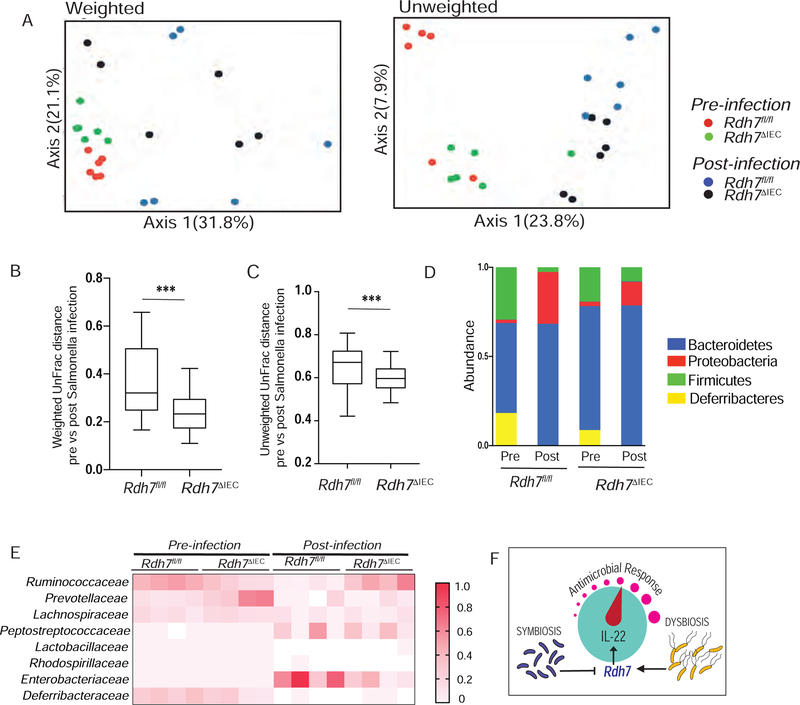Figure 7. IEC intrinsic Rdh7 ablation protects the host against microbial dysbiosis during infection.
(A) PCoA plot of the fecal microbiota composition (weighted and unweighted UniFrac distances) (B) Box-and-whisker plot (boxes show median, first and third quartiles, whisker denotes minimum to maximum range) of intercommunity β-diversity within the fecal microbiomes of Rdh7fl/fl and Rdh7∆IEC pre and post Salmonella infection determined by weighted 16S UniFrac distances.
(C) Box-and-whisker plot (boxes show median, first and third quartiles, whisker denotes minimum to maximum range) of intercommunity β-diversity within the fecal microbiomes of Rdh7fl/fl and Rdh7∆IEC pre and post Salmonella infection determined by unweighted 16S UniFrac distances.
(D) Phylum-level microbiota composition of Rdh7fl/fl and Rdh7∆IEC pre and post Salmonella infection.
(E) Heat map of the fecal microbiome composition at the family level of Rdh7fl/fl and Rdh7∆IEC pre and post Salmonella infection.
(F) Diagram illustrating how microbial regulation of Rdh7 in the intestinal epithelium controls the IL-22 levels and antimicrobial response.
All the mice used for this experiment were littermate controls that were co-housed before infection and housed separately after infection (N=6). Error bar represent SEM. Mann-Whitney test. *P < 0.05, **P < 0.01 and ***P < 0.001.

